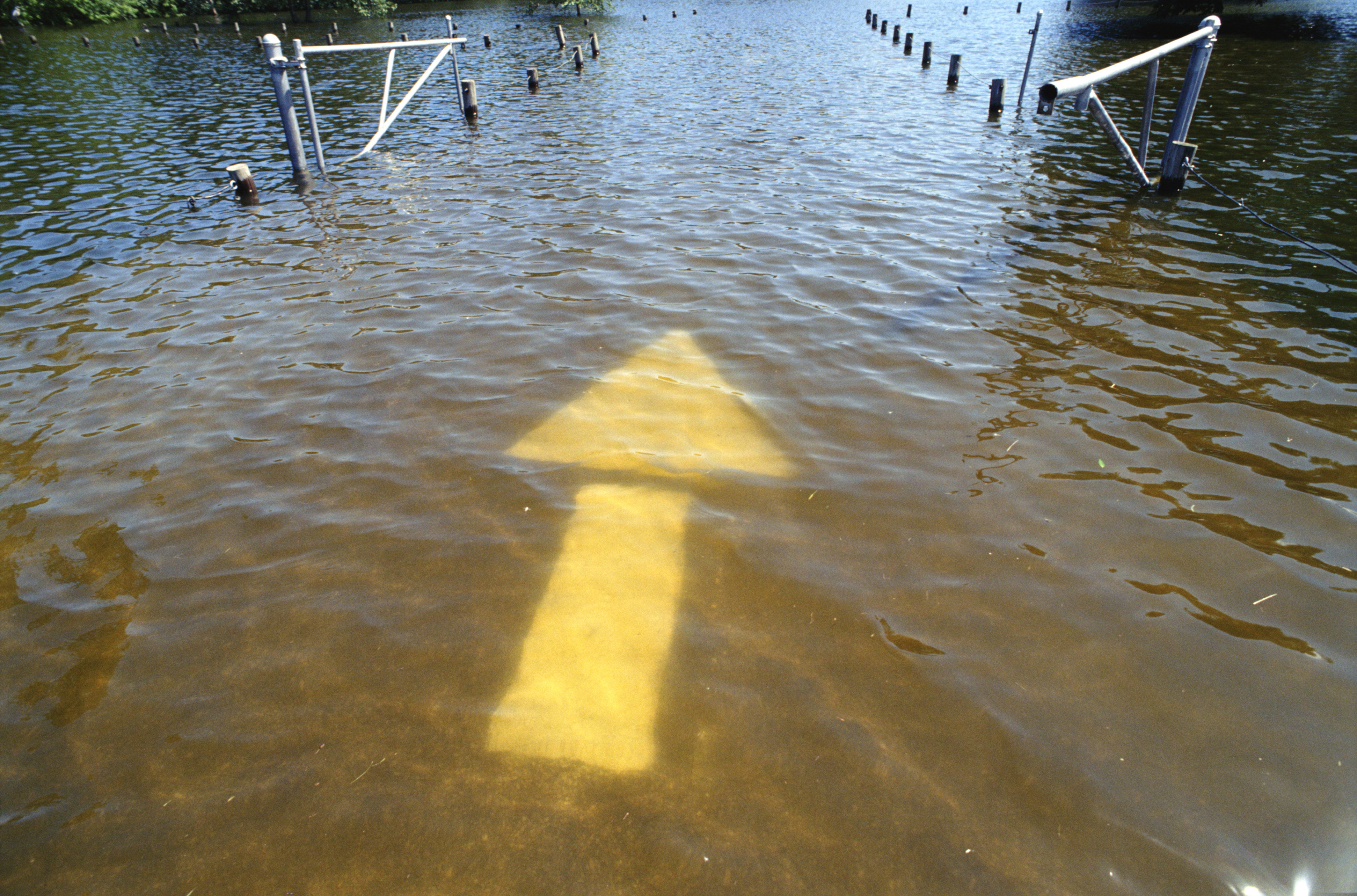
In the event of an oil spill, a facility’s emergency response plan is activated. Depending on the nature of the spill, local, area, or regional plans may also be put into motion. And for those rare spills that require a national response, such as the 2010 Gulf oil spill, the National Contingency Plan (NCP) is activated, bringing the collective expertise of various federal agencies together to contain and clean up the release or spill. Yesterday we talked about response criteria and notification procedures. Here’s more on what to expect when responding to a spill.
Resource Capability
Spill response provisions must ensure that full resource capability is known and can be committed during an oil discharge situation, including:
- The identification and inventory of applicable equipment, materials, and supplies available locally and regionally,
- An estimate of the equipment, materials, and supplies which would be required to remove the anticipated maximum oil discharge, and
- Development of agreements and arrangements in advance of an oil discharge for the acquisition of equipment, materials, and supplies to be used in responding to a discharge.
EPA’s SPCC regulation affects over 630,000 facilities. Is yours one? Download your EHS Essentials Kit—SPCC Plan Compliance now for all the tools you need to be in compliance. Download Now
Response Actions
Planning must include provisions for well-defined and specific actions to be taken after discovery and notification of an oil discharge, including:
- Specification of an oil discharge response operating team consisting of trained, prepared, and available operating personnel.
- Predesignation of a properly qualified oil discharge response coordinator who is charged with the responsibility and delegated authority for directing and coordinating response operations. The person must know how to request assistance from federal authorities operating under existing national and regional contingency plans.
- A preplanned location for an oil discharge response operations center and a reliable communications system for directing the coordinated overall response operations.
- Provisions for varying degrees of response effort depending on the severity of the oil discharge.
- Specification of the order of priority in which the various water uses are to be protected where more than one water use may be adversely affected and where response operations may not be adequate to protect all uses.
Response provisions must also include procedures to assist in recovery of damages and enforcement measures as provided for by state and local statutes and ordinances.
Oil Spill Response Techniques
A number of advanced response mechanisms are available for controlling oil spills and minimizing their impacts on human health and the environment. The key to effectively control spills and minimize damage is the careful and correct selection and proper use of the equipment and materials best suited to the type of oil and the conditions at the spill site. The majority of spill response equipment and materials are affected by a variety of factors, such as conditions at sea, water currents, and wind.
Don’t risk an EPA fine! Stay in compliance with our EHS Essentials Kit—SPCC Plan Compliance. Download now for instant access to comprehensive checklists, common violations, training materials, forms, and more. Download Now
As required by NCP Subpart J, the EPA maintains an NCP Product Schedule. The schedule is a listing of dispersants and other chemical or biological products that may be authorized by the EPA for use on oil spills. The NCP Schedule Technical Notebook presents summary information on the conditions under which each of the products may be used. In addition, Volume I of the Selection Guide for Oil Spill Applied Technologies was designed to simplify the evaluation of nonconventional or "applied" and infrequently used technologies for real-time oil response. The Section Guide provides a step-by-step process for determining which categories of technologies, and which specific products and strategies, might be useful in various oil spill situation.
Be certain your SPCC plan is compliant with EHS Essentials Kit–SPCC Plan Compliance. This kit covers all the latest regulation changes with expert analysis, important FAQs, and comprehensive checklists. Create or update your SPCC plan with confidence. A sample plan will guide you in the development of a finished, usable document to achieve and sustain compliance.
Looking for Training Materials?
With EHS Essentials Kit–SPCC Plan Compliance, you’ll have them immediately. There’s no shipping cost or wait for delivery. With one instant download, you’ll have all you need to keep your staff fully prepared and trained for their safety and protection – as well as the protection of your company.
Download your Essential Kit now for all the tools you need to be in compliance!
